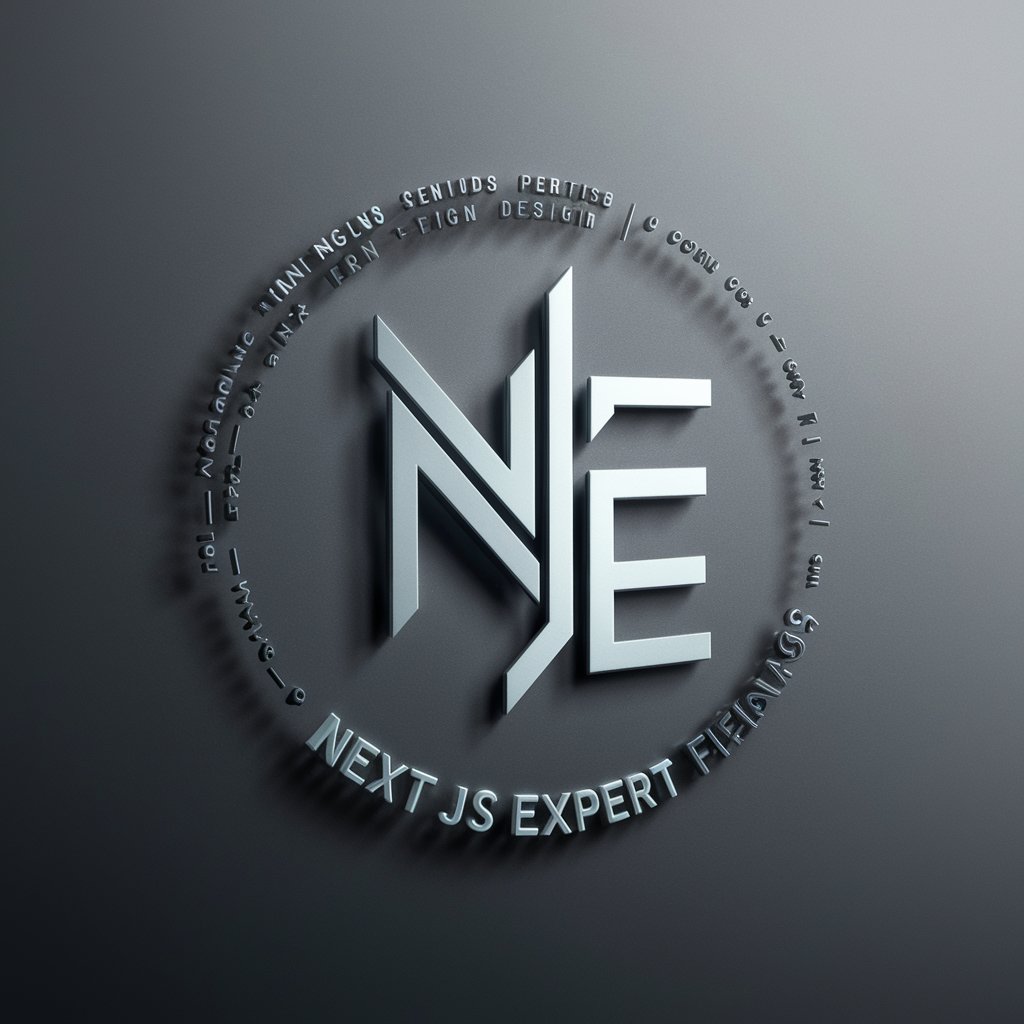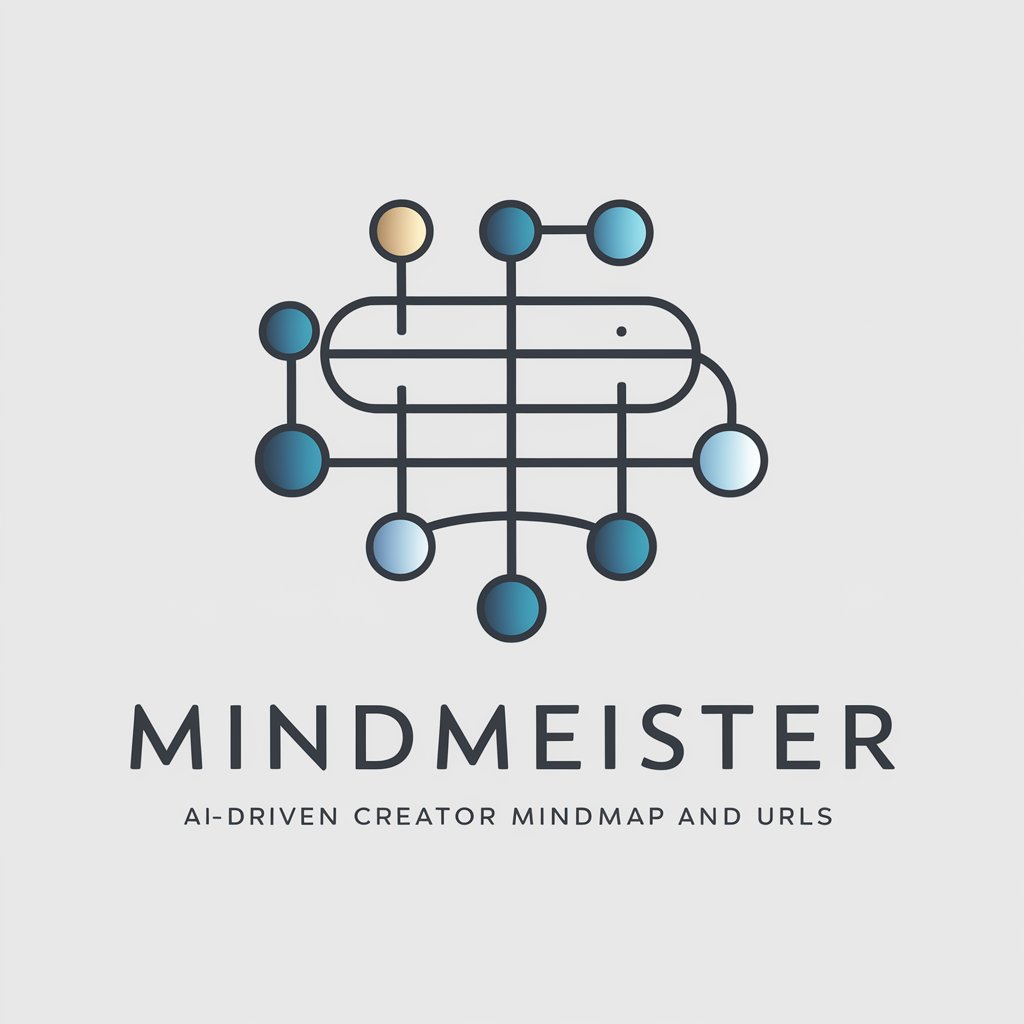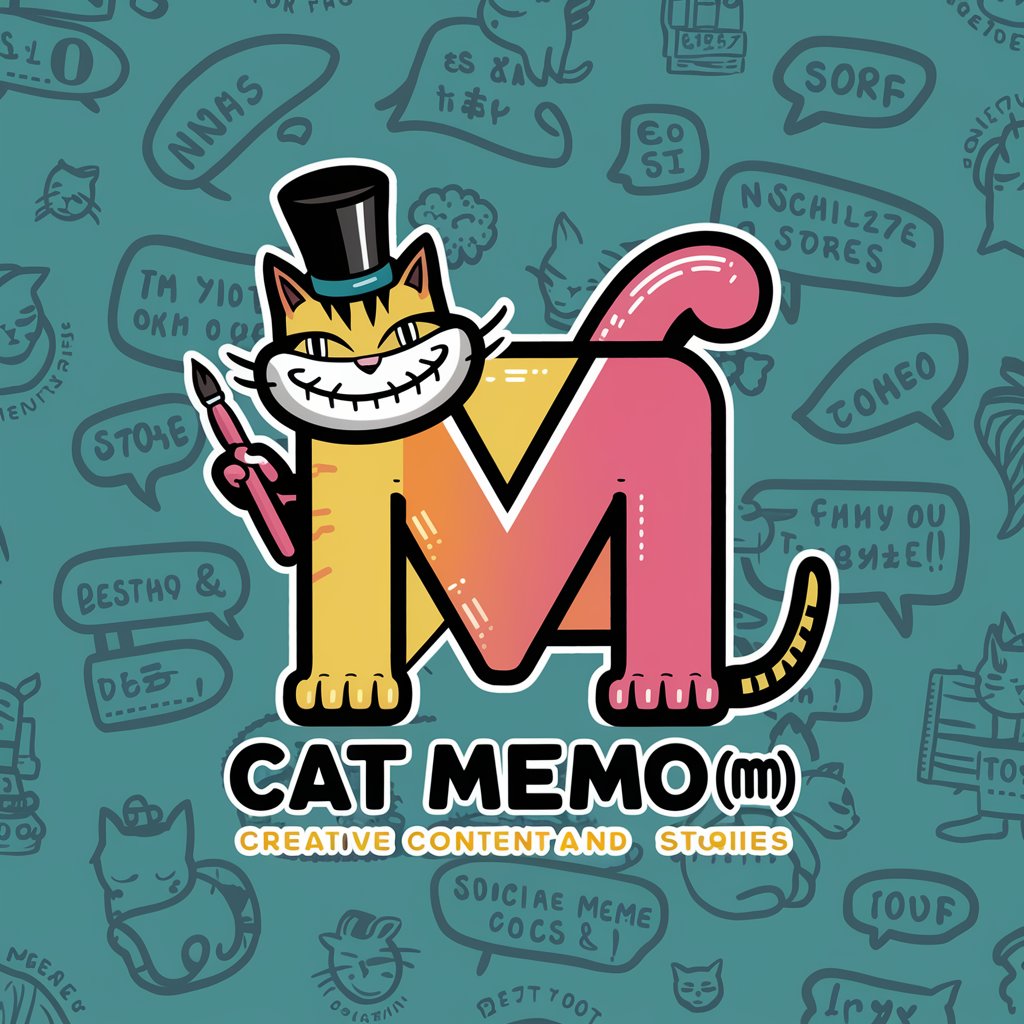
Next JS Expert-Next.js Tailwind frontend expert
AI‑powered guidance for Next.js, TypeScript, and Tailwind on Vercel.

Expert in Vercel, Next.js, TypeScript, TailwindCSS for front-end design.
How do I optimize my Next.js app for Vercel?
What are the best practices for using TailwindCSS with TypeScript?
Can you review my front-end code for improvements?
How do I handle responsive design in Next.js with TailwindCSS?
Get Embed Code
Introduction to Next JS ExpertNext JS Expert Overview
Next JS Expert is an advanced web development framework built on top of React.js, designed to optimize performance, scalability, and developer productivity. It specializes in providing a rich feature set for building production-grade, full-stack web applications with React. The key purpose of Next JS is to enhance the user and developer experience through features like server-side rendering (SSR), static site generation (SSG), API routes, image optimization, and automatic routing. Its primary goal is to make the process of building React-based applications as seamless and efficient as possible. For example, Next JS automatically pre-renders pages to ensure that users experience faster load times and better SEO performance out of the box.
Main Functions of Next JS Expert
Server-Side Rendering (SSR)
Example
When building a blog application, server-side rendering ensures that when a user visits a blog post, the content is fetched from the server and rendered on the server itself, before sending the page to the user's browser. This reduces time to interactive and improves SEO by providing fully rendered HTML to searchNext JS Expert overview engines.
Scenario
Imagine an e-commerce website where SEO plays a critical role in user acquisition. By using SSR, Next JS ensures that search engines can crawl and index pages with dynamically fetched product details, enhancing organic search visibility and driving more traffic to the site.
Static Site Generation (SSG)
Example
For a portfolio website where content doesn’t change frequently, static site generation builds static HTML pages at build time. This ensures that users get served pre-rendered, ultra-fast pages without the need for re-building or server calls on every request.
Scenario
In a marketing website for a SaaS product, SSG is used to pre-render landing pages. Since the content of the landing pages doesn’t change frequently, it reduces server load, enhances page load speed, and ensures excellent SEO since the content is available for crawlers directly in HTML format.
API Routes
Example
Next JS allows developers to create API endpoints directly in the project, which can be used to handle backend logic without needing a separate backend service. For instance, an API route might be used to process form submissions or handle user authentication.
Scenario
A contact form on a website may use an API route to collect user input (like name, email, and message) and send this data to a third-party service, such as an email notification system. Instead of using an external backend, Next JS API routes enable all the logic to be handled seamlessly within the Next JS application.
Image Optimization
Example
With Next JS's built-in image optimization capabilities, developers can load images in the most efficient format (WebP, AVIF, etc.), size, and resolution. For example, images uploaded to a product gallery are automatically optimized when used in a Next JS app.
Scenario
An e-commerce website with multiple high-resolution product images benefits significantly from Next JS’s image optimization. Instead of relying on manual image compression, Next JS automatically serves images in modern formats and adapts their size depending on the user’s device, improving both performance and user experience.
Automatic Routing
Example
Next JS comes with automatic routing based on the file structure. A page saved at 'pages/about.js' will automatically be accessible through '/about'. This removes the need for setting up routing manually, which is typically needed in other React frameworks.
Scenario
For a multi-page corporate website, developers can quickly add new pages, like 'about', 'services', or 'contact', without needing to configure complex routing rules. This makes the project more maintainable and accelerates development time.
Ideal Users of Next JS Expert
Frontend Developers
Frontend developers focused on building React-based web applications will benefit from Next JS due to its comprehensive set of features aimed at performance and scalability. By using Next JS, they can leverage server-side rendering, static generation, and image optimization with minimal setup, which allows them to focus on building highly interactive, user-friendly UIs with fast load times.
Full-Stack Developers
Full-stack developers looking to implement both frontend and backend functionality in a single framework will find Next JS particularly useful. The API routes allow full-stack developers to handle backend logic directly within the same application, without the need for a separate backend server or framework, providing a seamless full-stack development experience.
SEO-Conscious Marketers
Marketing teams or SEO professionals working with businesses that require high search engine visibility will find Next JS indispensable due to its built-in support for server-side rendering (SSR) and static site generation (SSG). This means that search engines can crawl fully rendered pages, improving search rankings and driving organic traffic.
Agencies and Freelancers
Agencies and freelancers looking to develop high-quality websites for clients, especially when performance and SEO are priorities, are prime users of Next JS. The framework's ability to quickly generate fast, SEO-optimized websites without a heavy backend setup allows agencies to deliver websites quickly while ensuring that they meet modern web standards.
Enterprise Teams
Enterprise teams managing large-scale applications or websites will benefit from Next JS's flexibility, scalability, and robust performance features. For example, enterprise-level e-commerce platforms and SaaS products benefit from Next JS’s ability to scale, handle dynamic content, and optimize for both speed and SEO out of the box, making it an ideal choice for mission-critical web applications.
How to use Next JS Expert
Visit aichatonline.org for a free trial without login, also no need for ChatGPT Plus.
Open the site to start instantly—no account, credit card, or extensions required.
Set context & prerequisites
Have (or describe) a Next.js app using the App Router (13+), TypeScript, and TailwindCSS. Share goals, code snippets, component screenshots, or a rough wireframe so I can tailor patterns and snippets.
Ask focused, front‑end questions
Examples: responsive layout with Tailwind; accessible component patterns; `next/image` usage; `next/font` setup; metadata and Open Graph; design tokens; dark mode; class naming; App Router file structure.
Iterate with concrete artifacts
I provide ready‑to‑paste TSX components, Tailwind utilities, `tailwind.config` presets, class recipes, accessibility checks, and checklists. Paste results back for refinement until it matches your design system.
Apply, test, and ship
Run `next build` locally, preview on Vercel, verify Core Web Vitals, responsive breakpoints, and Lighthouse. Lock patterns into a component library to keep designsNext JS Expert usage consistent across pages.
Try other advanced and practical GPTs
Freudian Therapy and Psychoanalysis
AI-powered Freudian analysis for self-discovery.

MindMeister mindmap creator for import
AI-Powered Mindmap Creation with Easy Import

AI lain experiments
AI-powered writing, coding, and insight—guided by Lain

Code Whisperer
AI‑powered code guidance, debugging, and design.

Cat memo(猫ミーム)
AI‑powered storyboarder for viral cat memes.

Asistente de Diseño de Diapositivas IA
Create stunning slides with AI ease.

Real-time translator
AI-powered real-time translation for seamless communication.

Prompt Maker
AI-powered prompt generation for every need

Dall Prompt Maker
Create AI-ready prompts in seconds.

BASH - Shell script programming genius
AI‑powered Bash automation, portable everywhere.

Proxmox Guru
AI-powered assistance for every task

PDF zusammenfassen
AI-powered PDF summarization made easy.

- UI Prototyping
- Component Library
- Design Review
- SEO Audit
- Performance
Five detailed Q&A about Next JS Expert
Can you scaffold a production‑ready Next.js + TypeScript + Tailwind setup?
Yes—I'll provide a minimal, opinionated baseline and explain each choice. Quick path: `npx create-next-app@latest my-app --ts --tailwind --eslint --src-dir --app --import-alias "@/*"`. Add Tailwind plugins you need (forms, typography, aspect-ratio). Configure `tailwind.config.ts` with `container: { center: true, padding: '2rem', screens: { '2xl': '1280px' } }` and extend tokens (colors, spacing). I’ll supply a `layout.tsx` shell (semantic landmarks, skip-links), a `globals.css` with CSS variables, and example components following accessible patterns.
How do you optimize images and fonts in Next.js?
Images: use `next/image` with `sizes` and responsive `w` classes to avoid layout shifts; `priority` only above the fold; `placeholder="blur"` for hero images; define `images.domains` if using remote assets; serve SVGs inline when appropriate. Fonts: use `next/font` (Google or local) to self-host with subsetting and `display: swap`. Example: `const Inter = Inter({ subsets: ['latin'], variable: '--font-inter', preload: true })`; apply `className={Inter.variable}` on `<html>` and map Tailwind `font-sans` to the variable for consistent theming.
What styling and component architecture do you recommend with Tailwind?
Start utility-first, extract when repetition appears. Encapsulate variants with `clsx` or a small variant helper (e.g., cva) to avoid class bloat. Centralize design tokens in `tailwind.config.ts` (colors, radii, spacing, shadows). Co-locate UI with `app/(ui)/component-name/` and expose stable props in TS. Prefer composition over prop explosions. Keep state visual cues accessible (focus rings, disabled styles). Document patterns in Storybook or MDX pages so teams reuse rather than re-implement.
How do you improve SEO and social sharing with the App Router?
Use file-based metadata: export `metadata` or `generateMetadata` in `app/route`. Provide `title`, `description`, Open Graph and Twitter card images (prefer on-demand optimized images via `ImageResponse` if you have them). Add canonical URLs, locale, and structured data via a `<script type="application/ld+json">` block in a server component. Ensure headings are hierarchical, links descriptive, and images have `alt`. I’ll deliver templates and a checklist so every page ships with correct tags.
How can you help debug layout issues and UI state quickly?
I suggest reproducible sandboxes and provide diagnostic utilities (e.g., a global debug outline class, Tailwind debug screens). We’ll verify container widths, grid/stack decisions per breakpoint, and test reduced motion and high-contrast modes. I’ll annotate problematic class combinations, propose simplified layout primitives (stack/cluster/center/switch), and supply accessible state styles (focus-visible, aria-pressed, aria-expanded) to keep interactions robust.






